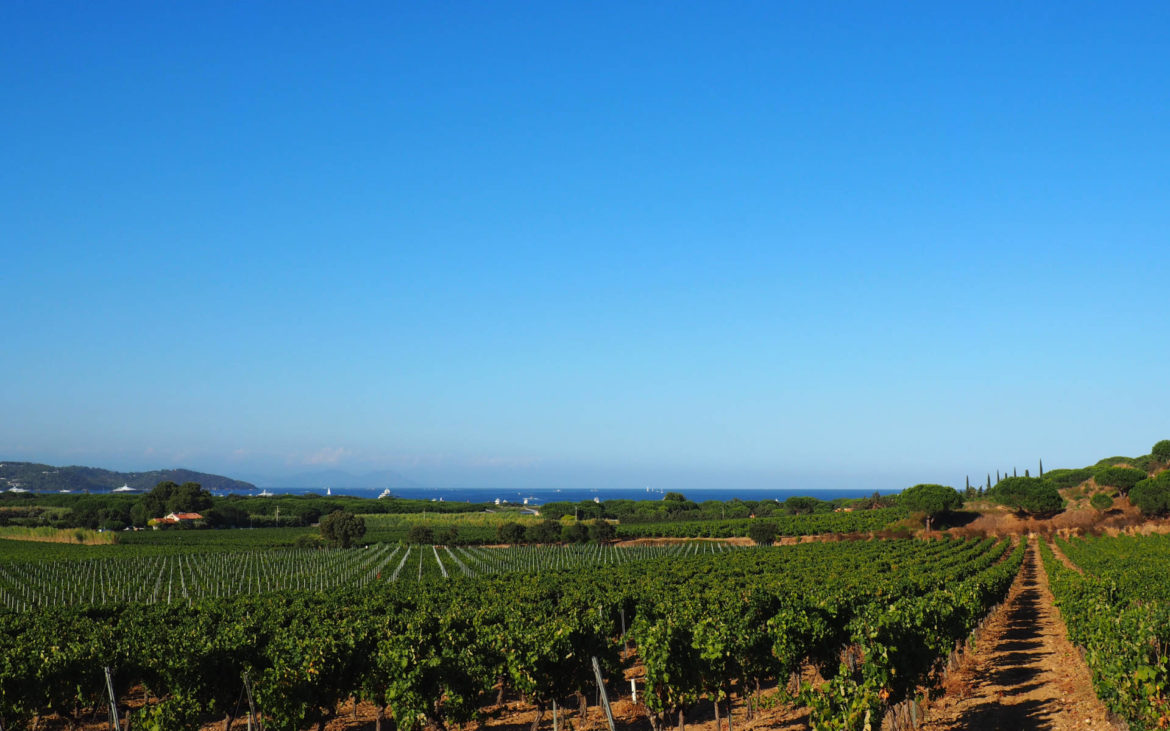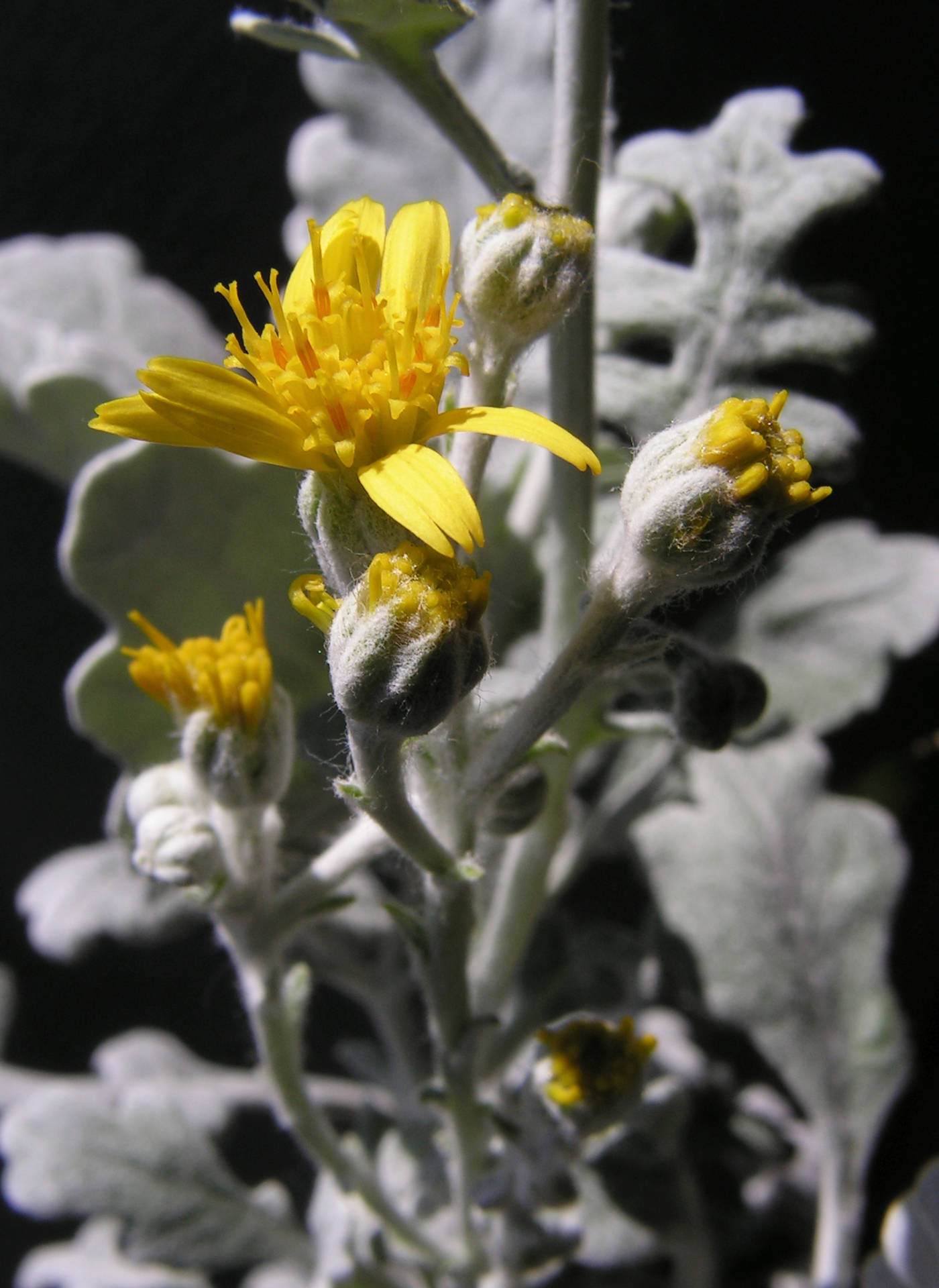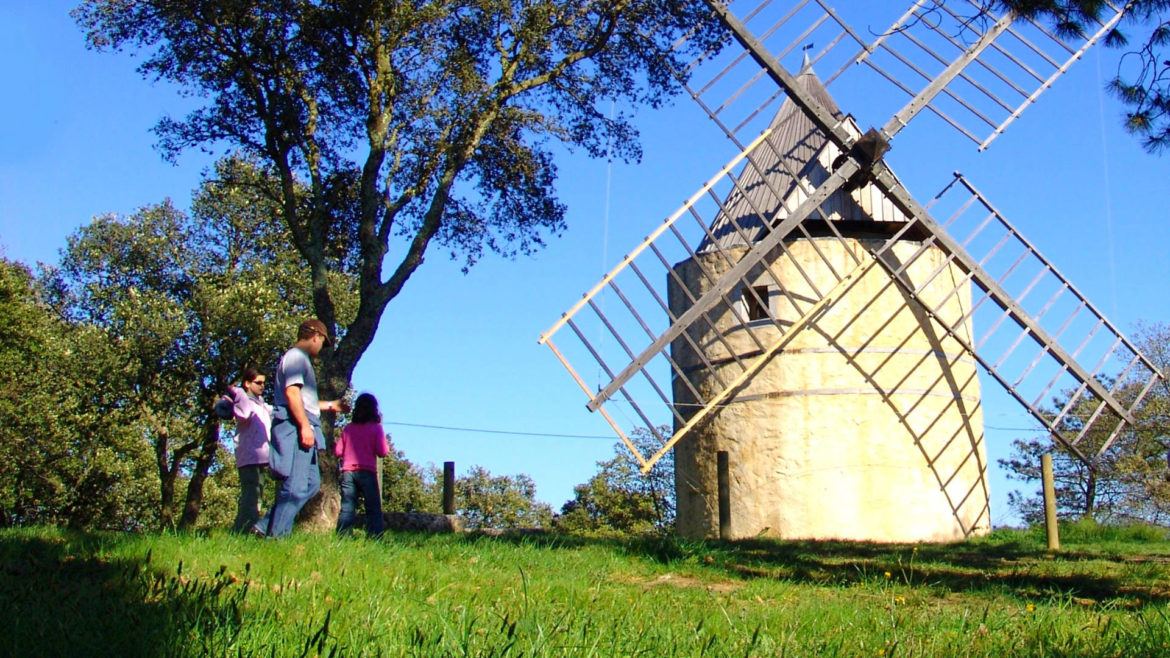Flora
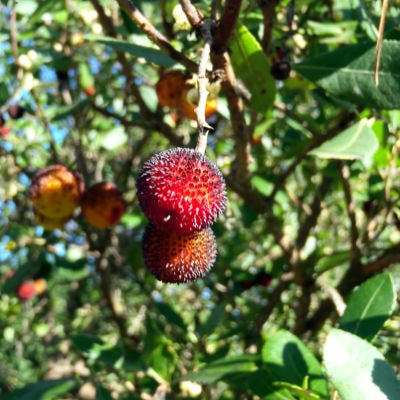
Arbutus Tree (Arbutus unedo)
In autumn and winter it has pretty white belled-shaped flowers. The arbutus fruit are similar to little strawberries and take a whole year to ripe. The berries are edible but tasteless. The locals make jam and liqueur ( “la crème d’arbouse”) with the fruit. It is one of the rare trees that has flowers and fruit at the same time.
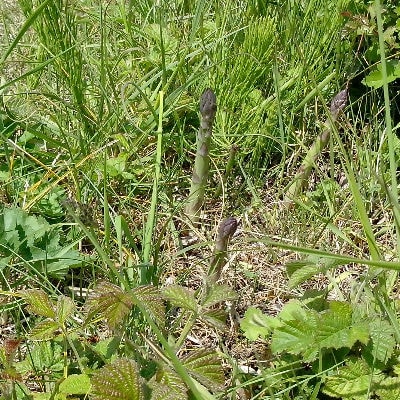
Wild Asparagus
Seems to have originated in the Mediterranean basin. Cultivated by the Romans, it was called Asparagus Officinalis until the Middle Ages but remained a luxury product, reserved for the King’s court. It grows in hidden corners. It is very delicate and can grow to a great height.
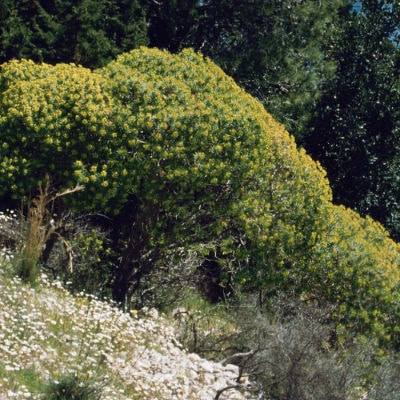
Euphorbia dendroides
This plant is toxic and produces a white liquid when the stem is broken. The best known euphorbia is the castor-oil plant, which is used as an emetic. It is used to control moles in the garden.
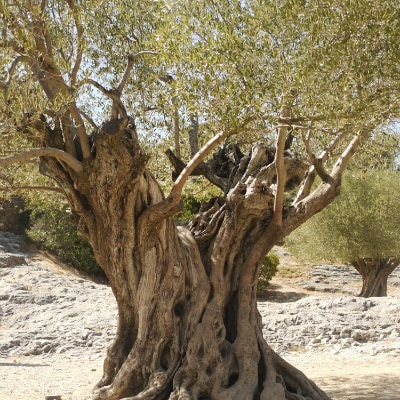
The Olive Tree
A sacred tree, the symbol of hope and a sign of divine clemency. Symbol of purity and of life, the olive is one of the staple foods of the people of the Mediterranean. In Ancient Greece, it stood for wisdom and immortality, because it is very hardy. Normally of a modest height (5 to 8 metres), it is distinguished by a trunk, often short and usually twisted. This tree is susceptible to the cold. Its long straight leaves are dark green on the top and silvery-grey underneath. Its yellowy-white flowers appear as little clusters in the axils of the leaves, leading to the egg-shaped fruit, olives, around 1.5 to 2 cm long. It is useful in the prevention of arteriosclerosis and heart diseases becase it lowers ‘bad’ cholesterol and increases the good.
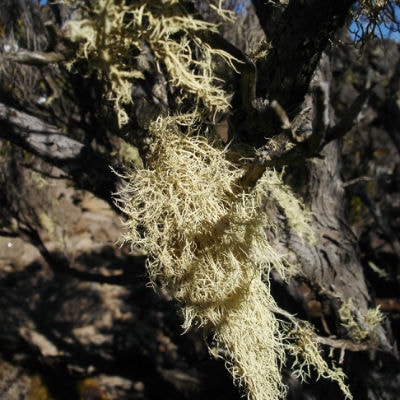
Kidney vetch ( Anthylis barba-jovis)
This shrub produces magnificent downy silvery leaves. Its pale yellow flowers grow in clusters at the end of the branches. Hight : upto 3 meters. His pale yellow flowers regroup at the top of the branches. Protected species that is used to restore parts of the coast that have been spoilt.
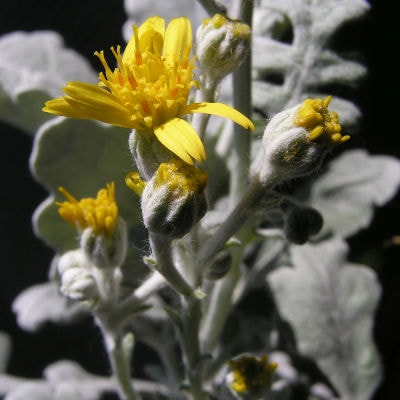
Maritime Cineraria
Thanks to its silvery-grey leaves and, it is easily recognisable. It grows in rocky areas and loves sandy soil close to the sea.
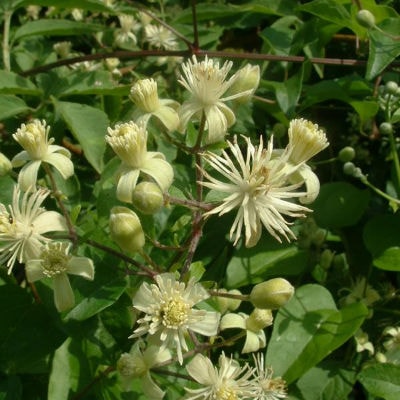
Clematis Flammula
One of the hardiest of climbing plants, it covers large surfaces perfectly. It can easly grow to more that 8 metres high.
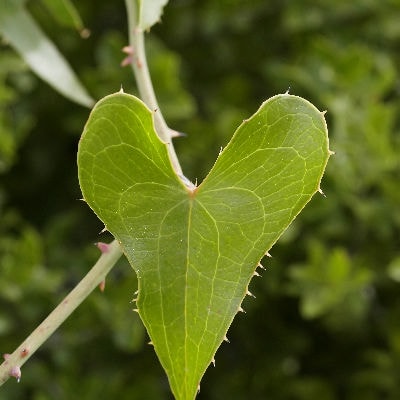
Smilax (Smilax Aspersa)
Originally from Central and South America. This plant has become famous thanks to the Smurfs : little blue men. A creeper with thorns and triangular heart-shaped leaves.
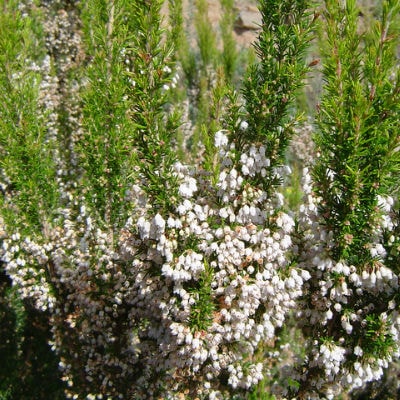
Tree Heather (Erica Arborea)
Has purple or pink flowers and reddish bark. Grows in siliceous soil forming heaths.
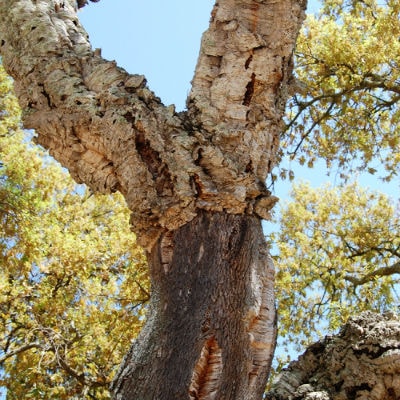
Cork Oak (Quercus suber)
Is a famous tree locally and grows naturally in the forests. Is more or less fire-proof. The cork is harvested in June and July : the first time a tree is corked, the cork called “male cork”, is of bad quality. Then every 13 to 17 years the “female cork” which is smooth can be removed and used to make bottle corks.
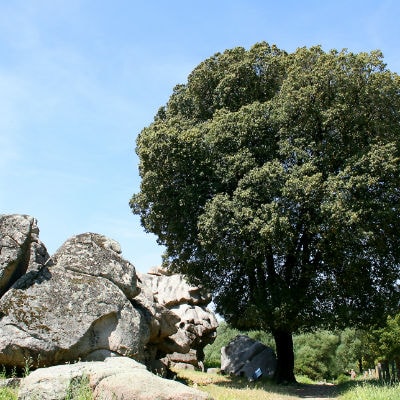
Holm Oak (Quercus ilex)
Grows naturally in warm and sunny spots. It does not like the cold. Its wood is used for making objects, cartwheels and carts, also used in cabinet making… It has small hard pointed dark green leaves all year round.
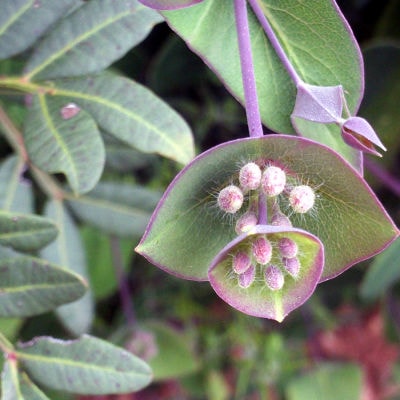
Lonicera implexa (Evergreen honeysuckle)
A sweet-smelling climbing plant of the honeysuckle family. Its evergreen leaves are tough and oval.
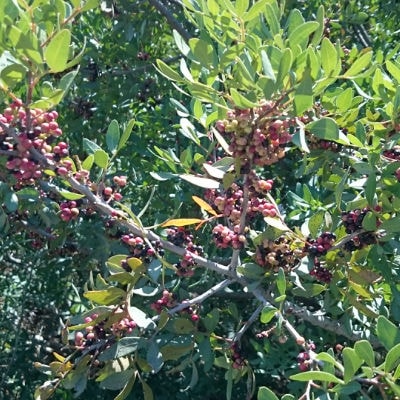
Mastic tree (Pistacia Lentiscus)
Has deep green leaves and a resinous smell. Its small white flowers grow in clusters and give little red berries that become black when ripe. Its resin is used to make a gum called Kios gum, used in dental care and for making chewing gum.
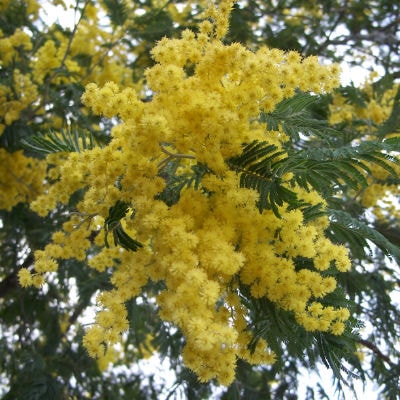
Mimosa
A plant of Australian origin, it is much appreciated for its beautiful winter flowers. It grows very quickly, and forms thick copses. It has adapted well to the soil of the area. It is considered an invasive species. It grows back very quickly after a fire, but unfortunately eradicates all other plants in the area.
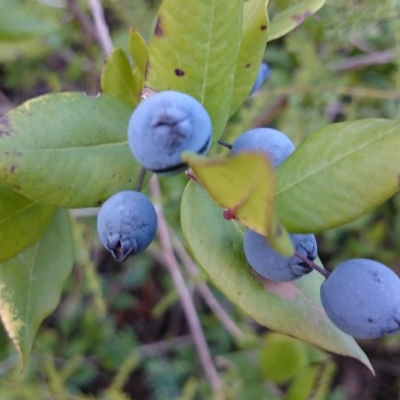
Myrtle (Myrtus Communis)
In ancient Greece it was a symbol of Love and Glory and was used to make crowns (similar to laurel leaves crowns). Has oval and pointed leaves with a very marked central nervure. Small white or pink flowers in May or June, giving little blue berries that you can chew to freshen your breath.
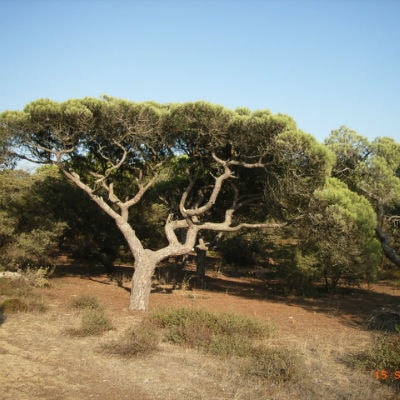
Maritime Pine
It replaces the Alep pine on solicious soil. It can form a mixed forest with the green oak. It is used as housing framework. Unfortunately it often wastes away, having been attacked by the scale insect.
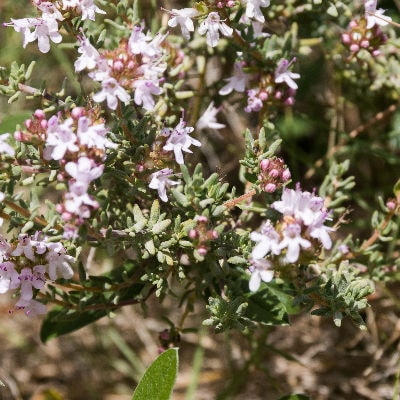
Rosemary (Rosmarinus officinalis)
Grows in dry places. Has a pleasant smell and flowers all year.
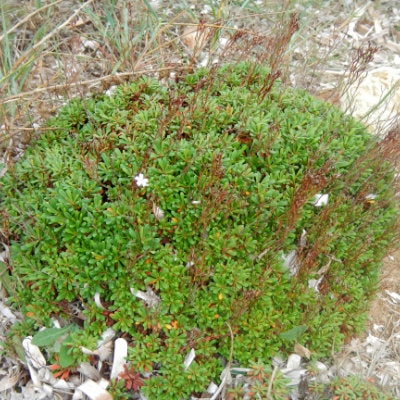
Sea Lavender (Limonium minutum)
It is endemic (it is only found in this particular region) . It grows on siliceous rocks near the sea. It grows in salty soil and is a protected species, it is strictly forbidden to pick any.
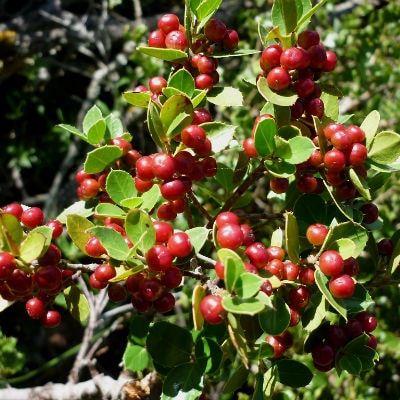
Mediterranean buckthorn
The leaves of the buckthorn are evergreen and have a jagged stem. It has yellowy flowers as well as little clusters of berries which start red and turn black.
